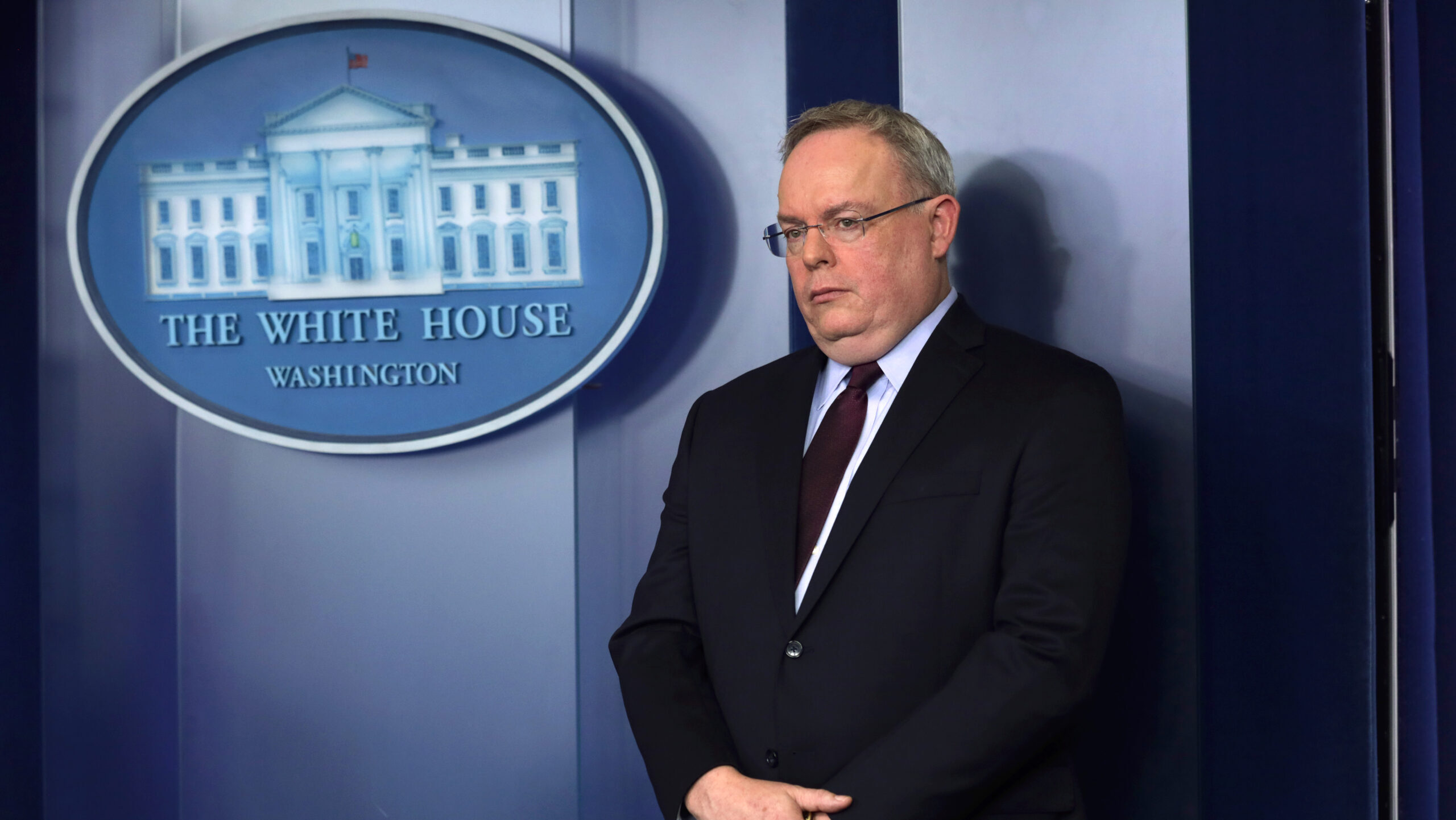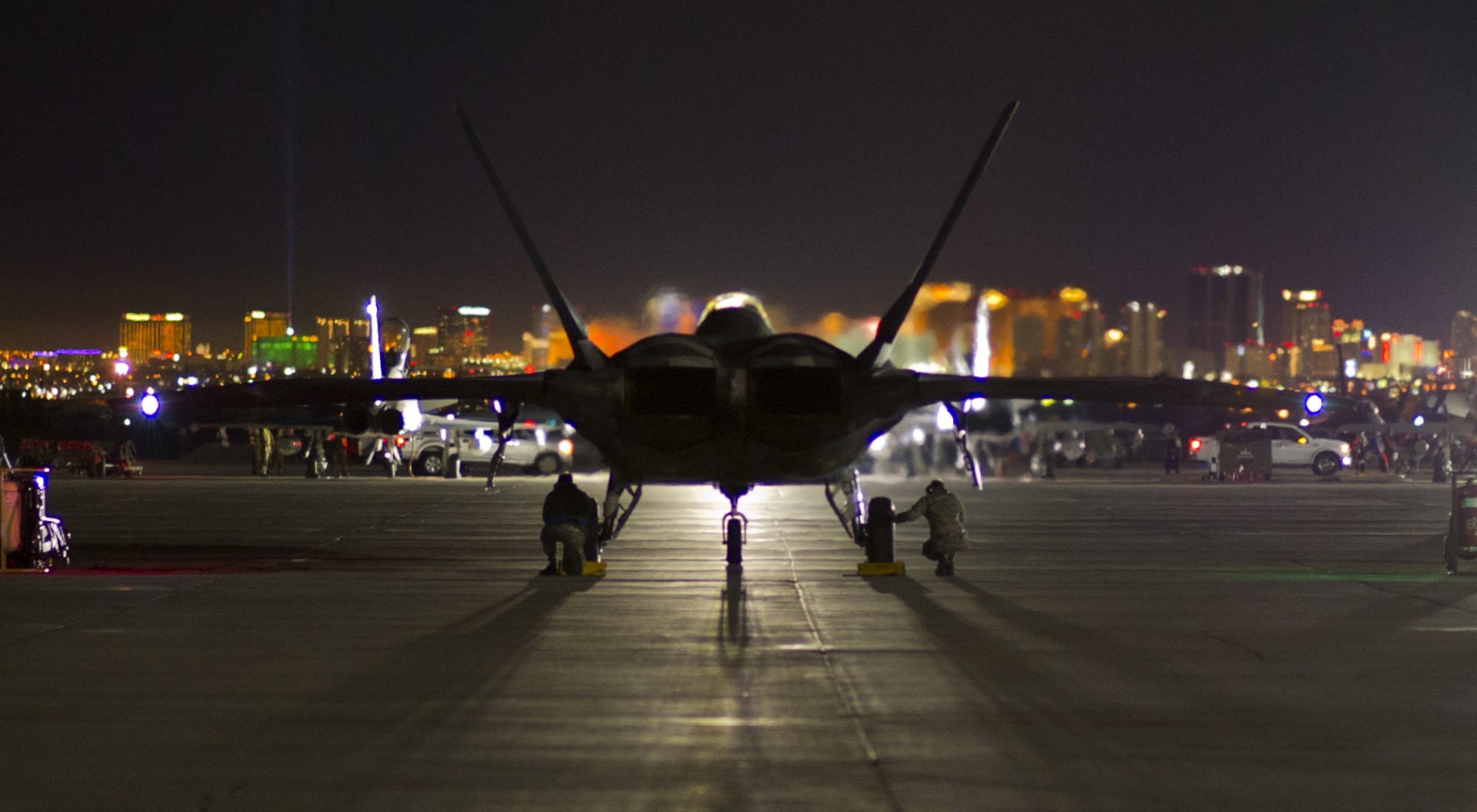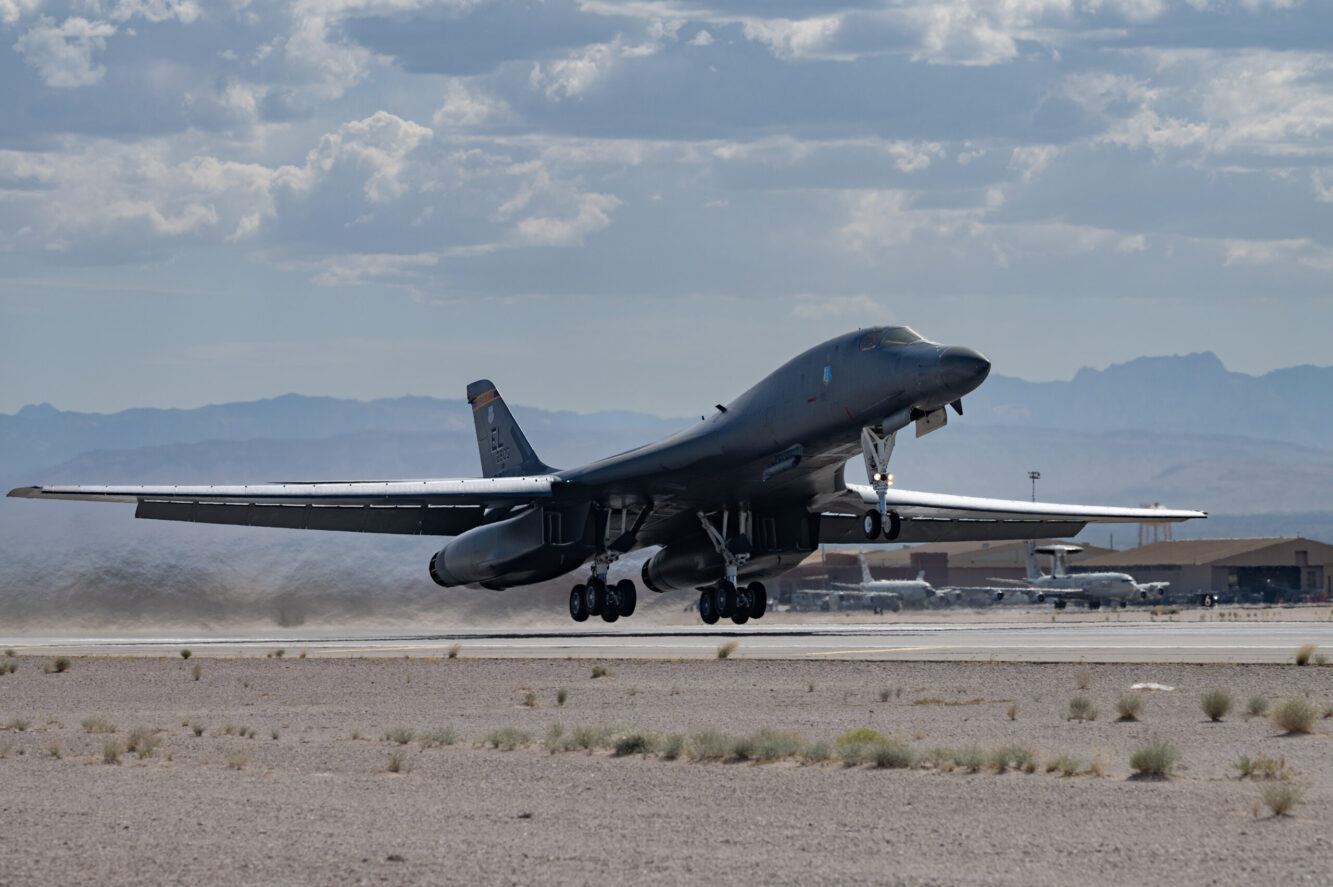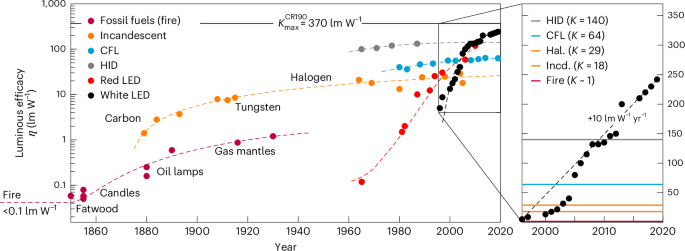Germany surges to fourth largest global military spender: SIPRI
Europe has entered a period of high and increasing military spending, “which is likely to continue for the foreseeable future,” Lorenzo Scarazzato, a researcher at SIPRI’s Military Expenditure and Arms Productions Program, told Breaking Defense.


Bundeswehr soldiers hold German flags with a federal eagle and a banner with the inscription “Heimatschutzregiment 4” during a roll call. The army is forming a new homeland security division as its fourth major unit. Photo: Hannes P. Albert/dpa (Photo by Hannes P Albert/picture alliance via Getty Images)
STOCKHOLM — Berlin’s military expenditures soared to $88.5 billion in 2024, positioning it as the world’s fourth-largest military spender and the highest in Central and Western Europe for the first time since Germany’s reunification in 1990.
Germany is now spending 1.9 percent of the country’s GDP, approaching NATO’s current target of 2 percent. This represents a 28 percent increase from 2023 and an 89 percent rise since 2015, according to a new Stockholm International Peace Research Institute (SIPRI) report.
The US remains the world’s largest defense spender, outlaying $997 billion last year, a 5.7 percent annual increase. China took second place, with an estimated $314 billion, a 7 percent increase over the same period. Russia, in third, spent an estimated $149 billion, a 38 percent increase over the previous year.
But the big story may be Germany’s sudden surge, which was fueled by a €100 billion ($105 billion) extra-budgetary fund established in 2022, which continued to bolster Germany’s defense capabilities in 2024. The German parliament greenlit significant arms procurement and military research initiatives, partly financed by this fund, enhancing the nation’s defense infrastructure.
Among the most noteworthy procurement contracts in 2024 are Leopard 2 A8 main battle tanks, additional U-212CD submarines, Patriot PAC-3 missile defense systems, and 155-millimeter artillery ammunition.
A record number of 97 major procurement and development projects were approved by the Bundestag’s budget committee in 2024, where “most of the funding came from the, now exhausted, €100bn special fund,” Lorenzo Scarazzato, a researcher at SIPRI’s Military Expenditure and Arms Productions Program, told Breaking Defense.
Germany also provided $7.7 billion in military aid to Ukraine in 2024, making it the second largest donor to Ukraine’s defense efforts, trailing only the United States’ $48.4 billion in financial aid, equipment and training support to Ukraine. This underscores Germany’s growing role in global security and its commitment to supporting allies amid ongoing geopolitical tensions.
RELATED: Zeitenwende reloaded: Cash is good, but can Germany reform its procurement processes?
The latest adopted guidelines in Germany and several other European countries indicate that Europe has entered a period of high and increasing military spending, “which is likely to continue for the foreseeable future,” Scarazzato said.
Germany’s eastern neighbor, Poland, which lies closer to the borders of Russia and Ukraine, saw its military spending rise by 31 percent in 2024 to $38.0 billion, representing 4.2 percent of GDP — the highest defense burden in Central and Western Europe and slightly above the 4 percent target set by the government in 2023.
In the year Sweden formally joined NATO, its military expenditure surged by 34 percent to $12 billion, reaching 2 percent of GDP and aligning with the alliance’s defense spending target. The increase reflects a dramatic escalation over the last decade, with Sweden’s military budget more than doubling over the decade from 2015 to 2024, according to SIPRI’s data.
At the same time, Sweden’s Scandinavian neighbors exceeded NATO’s 2024 target of 2 percent of GDP for military spending: Denmark reached 2.4 percent, followed by Finland at 2.3 percent and Norway at 2.1 percent.
The full database from SIPRI can be seen by clicking here.






























































































































































